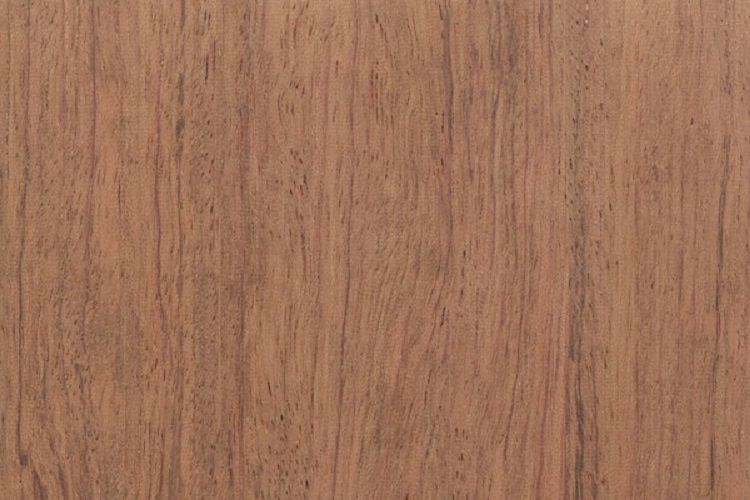

Bubinga | Kevazingo Wood (Guibourtia spp.)
Bubinga is a beautiful, dense hardwood with a lustrous appearance. Its heartwood has a rose-colored background with darker purple or black striping. Bubinga’s sapwood is a pale yellow color that is distinctly separate from the heartwood. This wood is very durable and easy to work overall, though depending upon the species Bubinga can have silica present, which can prematurely dull cutting edges. This Specie Can be produced and shipped in Saw logs, Peeled Logs, Square edged timber, Round edged timber, Flooring boards, Finishing boards, Unedged boards, Square logs, Decking boards, Parquet floors, Floor planks, Wall coverings(Veneers Sheets), Plywood, Roof coverings, Rattan, Sleepers, Polls and proprietary grade hardwood products of both finish and unfinished.
Buy This Wood Require More Details Product List Company's Catalogue
Agrowooders Is A "People, Customer, & Environmental-Oriented Organization"
"At Agrowooders, our mission is to provide quality agro(farm) And wood products to businesses and individuals worldwide. We are committed to providing the highest quality products and services to our customers while maintaining a commitment to environmental sustainability.".......... Read On!
